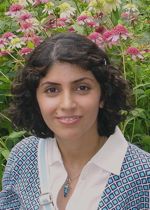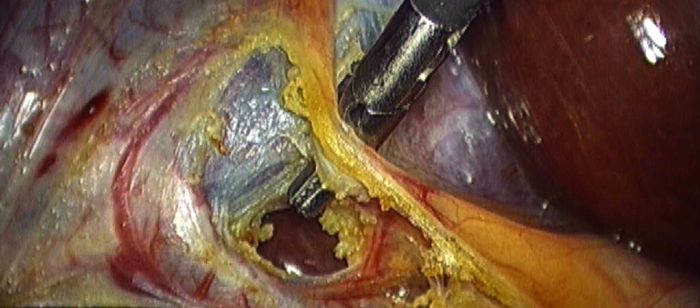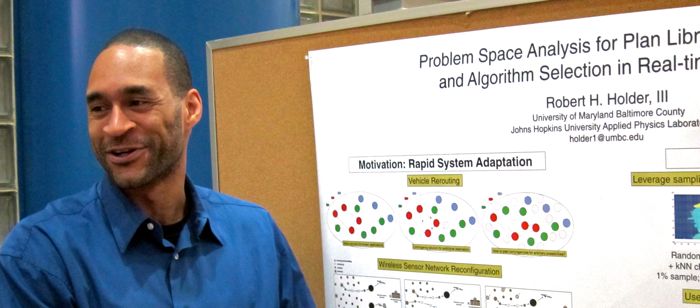
CSEE Ph.D. student Yasaman Haghpanah achieved a Doctoral Consortium hat trick by being invited to participate in upcoming doctoral consortium events at the top three conferences in her research area: IJCAI, AAMAS, and AAAI. Doctoral Consortia have become common in computer science research communities and provide an opportunity for a group of Ph.D. students to discuss and explore their research interests and career objectives with a panel of established, senior researchers in their research area. Students must apply to participate in a doctoral consortium and the selection process is usually quite competitive. Her dissertation research is developing and evaluating a trust model for supply chain management systems using multi-agent systems techniques. Yasaman is a member of the Maple Laboratory, directed by Professor Marie desJardins.
Yasaman also had a paper accepted to the 2011 Workshop on Agent Mediated Electronic Commerce which is collocated with AAMAS in Taipei. On top of all that, as part of the AAMAS Doctoral Consortium, she will also be spending two months in Rotterdam on an extended stay at Wolf Ketter's Learning Agents Research Group at the Erasmus Research Institute of Management, Erasmus Universiteit Rotterdam.








